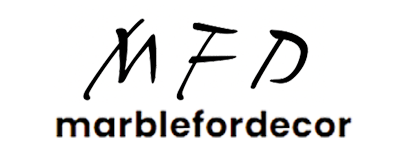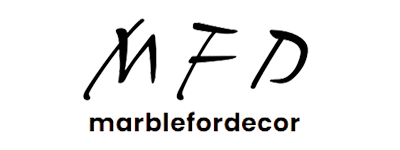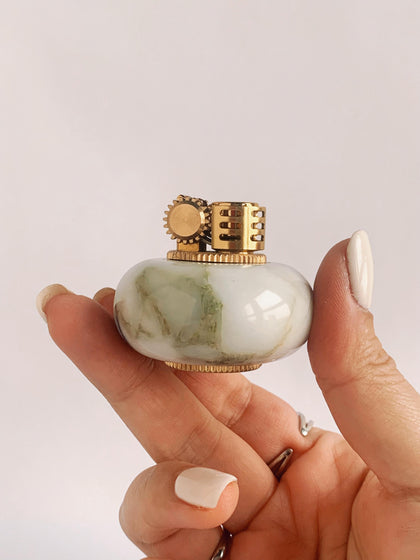News
Style Meets Stone: How to Match Marble Tones with Your Interior Design
Marble is one of the most versatile materials in interior decor—not only for its durability and timeless appeal but also for its wide variety of colors, textures, and personalities. Whether your space leans toward minimalism, vintage charm, or bold eclecticism, there’s a marble tone that can complement and elevate it.
In this guide, we’ll explore how to pair specific marble styles with popular interior aesthetics, helping you select pieces that feel tailor-made for your home.
1. Minimalist Spaces → Soft Neutrals & Clean Lines
Recommended Marble: Travertine, White Carrara, Beige Limestone
Minimalist interiors are defined by calm, clarity, and subtle contrast. For this look:
-
Choose light-colored stone with soft or linear veining.
-
Opt for pieces with simple silhouettes, like rectangular trays, catch-all bowls, or cylindrical lamps.
-
Stick with matte finishes or honed surfaces to maintain a quiet elegance.
Perfect pairings: A Travertine table lamp on a pinewood nightstand, or a Carrara tray on a concrete shelf.
2. Modern Glam → Bold Contrast & High Drama
Recommended Marble: Calacatta Viola, Nero Marquina, Forest Green
Modern glam interiors embrace richness—think velvet sofas, brushed metals, and saturated hues. For a marble accent to shine in this context:
-
Choose pieces with dramatic veining and deep color.
-
Look for sculptural objects or statement trays in purple, green, or black marble.
-
Pair with brass, gold, or polished surfaces to enhance the luxury effect.
Try a Calacatta Viola tray with gold accents, or a Forest Green vase as a pop of color on a dark walnut console.
3. Scandinavian Interiors → Pale Stones & Organic Shapes
Recommended Marble: Ice Jade, Pink Onyx, Light Grey Marble
Scandinavian design favors warmth, light, and natural texture. To blend in with pale woods and soft textiles:
-
Select marble in blush, icy green, or warm greys.
-
Focus on rounded forms and smooth finishes that soften a space.
-
Combine with linen, ceramics, or unfinished wood for a balanced palette.
A Pink Onyx lighter beside a clay candle holder, or a soft green onyx catch-all on a birch coffee table, is perfect here.
4. Industrial Style → Raw Textures & Monochrome Marble
Recommended Marble: Basalt Black, Grey Travertine, Unpolished White Stone
Industrial interiors highlight raw materials—concrete, steel, exposed brick—and often use darker, grounded tones. Choose:
-
Matte-finished marble with texture or subtle horizontal veining.
-
Sculptural objects that contrast with the roughness of other materials.
-
Functional pieces like trays, bowls, or lighting bases that add refinement.
For example, a dark grey marble tray on a reclaimed wood desk or a basalt lamp near exposed concrete walls.
5. Eclectic / Bohemian Interiors → Mixed Marble & Playful Shapes
Recommended Marble: Mixed stones, Rare patterns, Unconventional colorways
If your space is layered with vintage finds, colorful textiles, and plants galore, marble can help ground and balance the energy. Think:
-
Unique shapes—like bottle vases, wavy trays, or chunky bookends.
-
Unexpected tones—blend pink onyx with forest green, or travertine with violet veins.
-
Use marble as a visual pause in an otherwise colorful composition.
Try mixing a sculptural SPARK lighter into a boho shelf, or placing an eccentric vase among collected ceramics and art books.
Bonus Tips: Creating Balance with Marble
-
Mind the scale: Use small marble objects in tight spaces and large pieces as grounding anchors.
-
Mix materials: Marble loves the company of wood, metal, and glass—don’t hesitate to layer.
-
Don’t overmatch: Contrast brings depth. If your space is soft, use bolder marble. If your space is vibrant, use calm stone tones.
Final Thought
Marble is never just one thing. It can be minimal or maximal, neutral or expressive, quiet or bold—it’s all about how you use it. At Marble for Decor, we offer carefully selected pieces that allow you to express your style through natural materials.
Your home has a voice. Let marble help you shape it—one tone, one texture, one handcrafted object at a time.

















